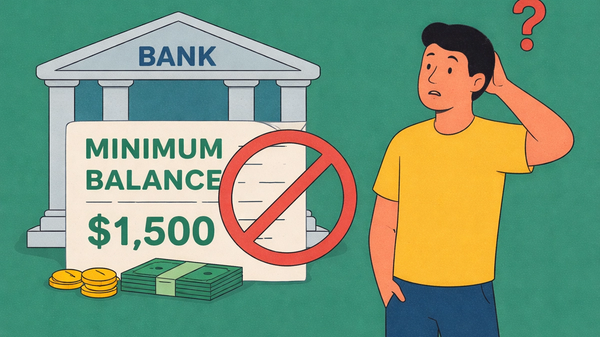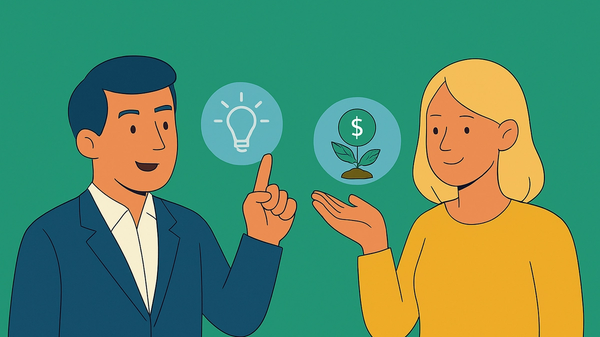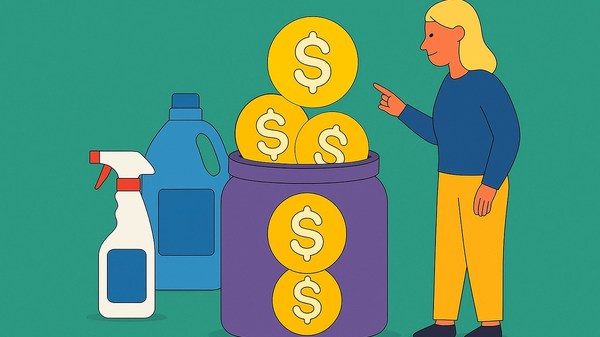Why you need to invest for your retirement
Sooner or later, you’ll realize you need to start saving for your retirement, because right now, you’re likely working for your money, but you probably want to be able to stop working at some point! Whether you’re aiming for a low-key homebody retirement in a paid-off house or one that includes cruising or jet-setting around the world, you’ll need to be able to cover these costs somehow.
In previous decades, many workers got solid pensions from their employers and this allowed them to retire comfortably. Of course, the cost of living is always increasing, and company pensions are becoming less common. Even workers lucky enough to have a pension may find that it won’t be enough to give them the retirement lifestyle they dream of.
If your dream retirement costs more than you’ll get from government benefits (like Social Security or CPP, OAS, and GIS) and your pension (if you’ve got one), then you’ll also need to save and invest for retirement yourself.
On the bright side, the government also wants you to save for your retirement, so they’ve created accounts that are tax-advantaged to encourage you to invest for your future self. Investing for your retirement doesn’t only benefit your future self—it can also reduce your tax burden today. And of course, these accounts reduce your tax burden in the future as well.
Because of those tax benefits, you’ll also see a greater compounding effect that will help you grow your portfolio faster as time goes by. This is especially beneficial when you’re investing for your retirement, because your investment horizon spans decades, which allows you to allocate a higher proportion of your portfolio to growth assets that compound faster, such as stocks and ETFs.
What are ETFs?
ETFs are exchange-traded funds, which means that you can buy and sell these funds on a stock exchange. These funds are typically passively managed, which reduces the management company’s overhead costs. They pass those savings down to their investors by charging lower fees than actively managed mutual funds. Learn more about why ETFs are so popular here.
Long story short: ETFs are a great way to get a balanced and diversified portfolio of assets and their low fees will allow you to retire richer.
Just how important are fees? All other things being equal ($5000/year in contributions, 7% annual return, and 40 years of investing), you’ll have a significantly larger portfolio at retirement if you invest using ETFs instead of mutual funds. This difference comes down to paying an annual fee of 0.14% (average fee of the Canadian Couch Potato portfolio) versus 2.35% (average mutual fund fee in Canada).
Would you rather retire with $549,000 or $1,029,000?
If you’re unsure which ETFs you’d like to invest in, you can explore this database of ETFs, check out which ETFs were the most popular in 2019, or follow one of the popular model portfolios followed by Canadians.
How to DIY invest
First things first, you’ll want to get yourself set up with an account at a discount brokerage if you don’t already have one. Opening an investment account used to mean going in to a brick and mortar bank branch, but you can now create your account online.
The best accounts for DIY investing for retirement in the United States are traditional and Roth IRAs, while the best account types for investing for retirement in Canada are a Registered Retirement Savings Plan and a Tax-Free Savings Account. You can learn more about the benefits of those accounts by clicking on those links, but here’s the short version: these accounts are tax-advantaged, which translates to massive savings and portfolio growth over time compared to taxable accounts. If you’re unsure which to invest in first, you’ll likely find your answer here.
Second, once you’ve opened an RRSP or TFSA (or both) with your discount brokerage of choice, set up recurring contributions to your account(s). Learn more about how you can automate your portfolio management here.
Third, now that you’ve set up automatic contributions, you’ve got cash magically appearing in your account like clockwork, no iCal/Google Calendar reminders required. Now it’s time to decide what to buy with that cash.
One of the most important investing “levers” you have control over is the fees associated with the financial assets you buy. You can reduce the drag that fees create in your portfolio by investing in low-fee ETFs rather than high-fee mutual funds, as explained above.
Decide which assets you’ll buy, calculate how many units you can buy of each one, buy them, then rinse and repeat with each paycheck that comes in for the next several decades. If DIY investing is starting to sound a bit onerous, don’t worry—you can automate your finances with a few simple steps using Passiv.
Automate your retirement portfolio with Passiv
You can easily automate your Canadian Couch Potato portfolio (or any portfolio!) with Passiv and put your investments on autopilot all the way to retirement.
First, create a Passiv account.
Then, link your Passiv account to your brokerage account through your brokerage’s secure API.
Finally, set up your target portfolio. In less than 5 minutes, you’ll have everything set up and from there, Passiv will calculate trades that will keep you aligned to your target, send you notifications when new contributions and dividends arrive, and let you know if your portfolio veers off target. You can manage your accounts, as well as your family members’ accounts, all from one convenient dashboard.
Passiv is currently integrated with Questrade in Canada, as well as several brokerages in the US: Interactive Brokers, TD Ameritrade, and Alpaca.
By DIY investing for your retirement, you can take control of your own portfolio, pick assets with low fees that allow your nest egg to grow faster, and retire with enough money to fund your dream lifestyle. Get started with Passiv today and see how easy DIY investing can be.


